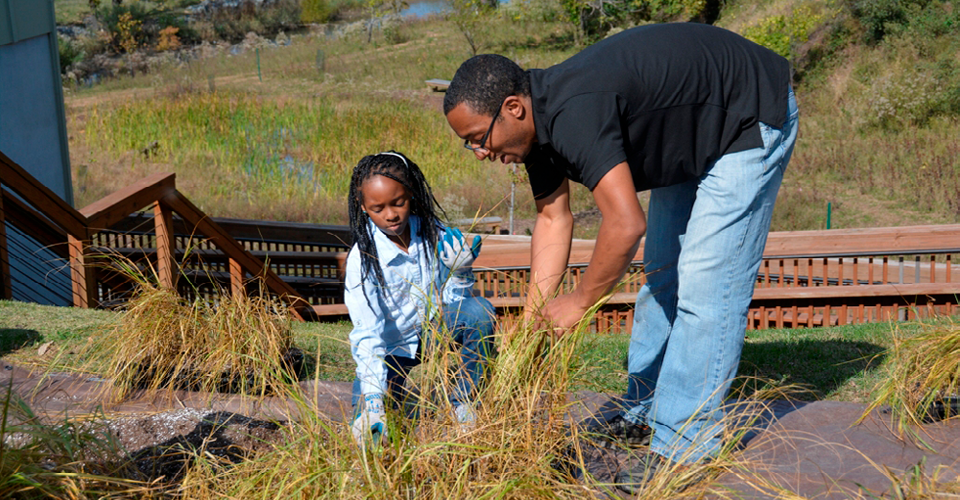The Salazar Center and the Network for Landscape Conservation have released a new report exploring how values of diversity, equity, and inclusion have strengthened landscape conservation projects across the United States. The report, funded by the S.D. Bechtel, Jr. Foundation, features unique case studies from across the country and offers critical lessons and actionable resources for conservation practitioners in North America.
“The conservation movement is undergoing a major shift,” says Salazar Center director Beth Conover. “As we as a field reckon with the racist and exclusionary practices that have characterized a lot of conservation work in the U.S., we’re seeing the emergence of more inclusive, collaborative, and community-grounded approaches, and more people of color at the forefront of conservation action. Our report offers just a few examples of how a more inclusive approach can strengthen long-term conservation and community outcomes —and we hope that the lessons learned will be helpful to others in the field.”
The report, entitled Weaving the Strands Together: Case studies in inclusive and equitable landscape conservation, showcases four case studies chosen with geographic and cultural diversity in mind. The case studies address a variety of different challenges faced by inclusive conservation efforts.

The stories that emerge from the city of Baltimore, the desert landscape of Bears Ears Natural Monument, the Klamath River watershed in the Pacific Northwest, and Pembroke Township in northeastern Illinois, represent hard-fought conservation battles and leadership from diverse communities. They also explore how inclusive partnerships can not only advance conservation goals, but foster mutual respect, community autonomy, and cultural recognition as well. Interviews with the leaders of each of the four conservation initiatives, along with other stakeholders in each geography, provide the primary content of these case studies.
“Many conservation organizations are just starting down the long and rocky path of righting historical wrongs and weaving equity, inclusion, and environmental justice principles into their work,” says Dr. Angelina Gonzalez-Aller, a co-author of the report and a community resilience program manager at the Center for Large Landscape Conservation. “And while every landscape and community is different, there is nonetheless common ground when it comes to working in a more collaborative, equitable way. There are a lot of peer-to-peer learning opportunities, and this report is part of that.”

The final report is available to read and download on our website, and the Network for Landscape Conservation will be using it as the foundation for a virtual policy forum later this year.
About the Network for Landscape Conservation
The Network is a national and cross-border hub and leading voice for supporting and advancing collaborative conservation at the necessary landscape scale. It connects people to ideas and innovations—and to each other—in order to accelerate the pace and practice of landscape conservation. The Network develops effective tools and advances best practices and policies to help people safeguard their imperiled landscapes. It also connects and amplifies the voices of its 30-person, cross-sector leadership team, 150 organizational partners, and 3,000 individual members. It is fiscally sponsored by the Center for Large Landscape Conservation in Bozeman, Montana.
About the Salazar Center
The Salazar Center for North American Conservation at Colorado State University works to support and advance the health and connectivity of the natural systems and landscapes of North America—be they urban or rural; working or wildlands; public or private. The Center brings together thought leaders, resources, and diverse perspectives to inform an intersectional approach to conservation challenges, building bridges that connect academic research, community practice, and policy development.
